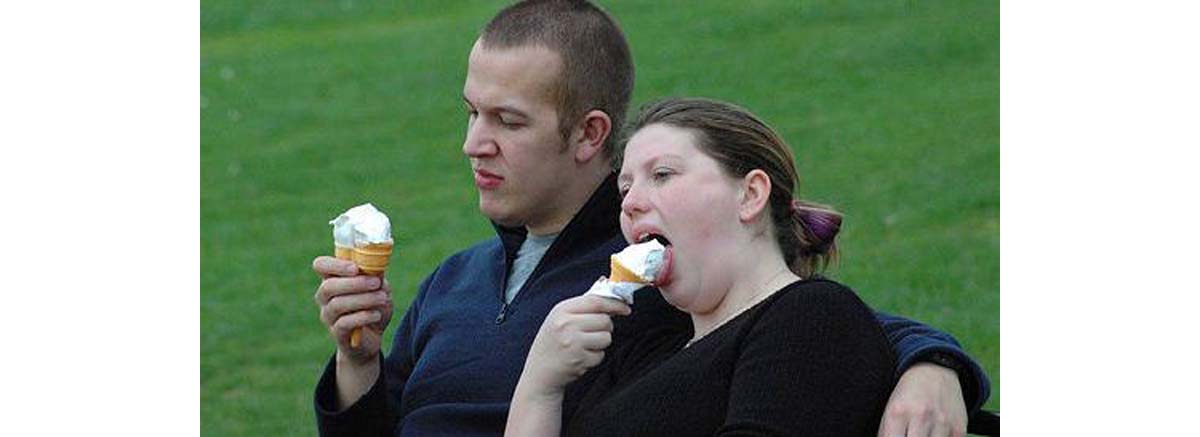Table of Contents
If you are an aspiring bodybuilder and you are wanting to put on pounds of lean, hard muscle, chances are you have tried almost every single type of diet that exists to build your muscles. There are so many different types of diets you could possibly try out including low carb, high carb, super high calorie, intermittent fasting, frequent feedings, the ketogenic diet, the anabolic diet, and the carb backloading diet and this is just to name only a few that are some of the more popular ones you can find. One of the most interesting and affective, yet often overlooked aspects of these diets is meal frequency — how many meals a day you eat.

When looking at what diet you might want, people often look at things like the calorie content, the protein, carb and fat breakdown and the different types of food prescribed in these different bodybuilding diets, but meal frequency often goes surprisingly untouched, despite how important it is.
Traditionally, bodybuilders have always been advised to eat a little amount of food often, with the theory being that small meals boost your metabolism.
Whenever you eat any food, your metabolism has a mini-surge, as it jumps up a gear in an effort to digest what you have just put in your mouth. This metabolic boost (known as TEF, or the Thermic Effect of Feeding) will result in a higher calorie burn. Therefore, dietitians, nutritionists and bodybuilding coaches seemed to have decided that eating little and often was the best approach to gaining muscles.
It is not quite as clear cut as that though.
While it certainly is true that you burn calories whenever you eat something, the number of calories you will burn is also relevant to the size of the meal you just consumed. Say for instance you just had a 500 calorie meal, you might burn a certain number of extra calories due to the rise in TEF, but if you ate a 1000 calorie meal, you would, unsurprisingly, get double the rise.
How about going to the other end of the spectrum, what about fasting?
Fasting diets have rapidly gained popularity in the recent years, firstly in terms of just improving your general health, as researchers and nutritionists noticed that many Eastern cultures employed fasting principles as a common practice and appeared to gain increased longevity and wellbeing from it.
Proponents of fasting style diets for bodybuilding argue that fasting puts your body into a super efficient nutrient partitioning mode. Nutrient partitioning refers to what happens to the calories and macronutrients when you eat them. When your blood sugar levels and protein levels are low due to you fasting, your body is supposedly extremely effective at picking up the protein and delivering it to your muscle cells for recovery, and shuttling carbs and fat to be used for energy, rather than being stored up as body fat.
However, the number one problem with fasting is that it is not anabolic. ie. It does not actually build up your muscle mass.
Whenever you’re not feeding your body with nutrients, it isn’t growing.
With the two most popular types of bodybuilding diets seemingly debunked, you may be wondering what really is the optimal meal frequency for muscle gain.
- “Interview With Dr. Layne Norton, Natural Pro Bodybuilder”, By Predator Nutrition, Published on January 3rd, 2012, Accessed on November 23rd, 2012, Retrieved from http://www.predatornutrition.com/Interview-With-Dr-Layne-Norton-Natural-Pro-Bodybuilder


Your thoughts on this